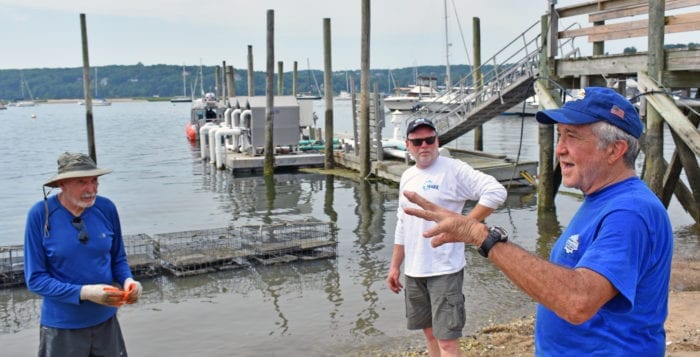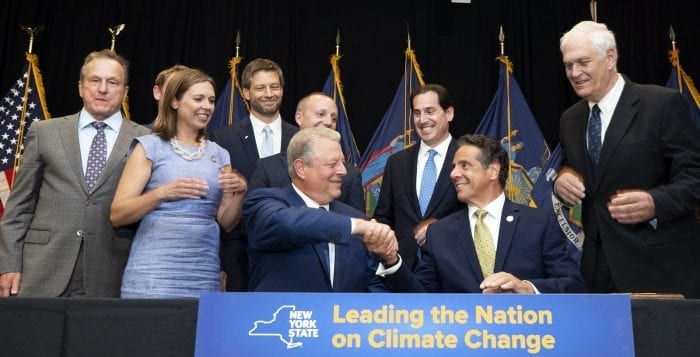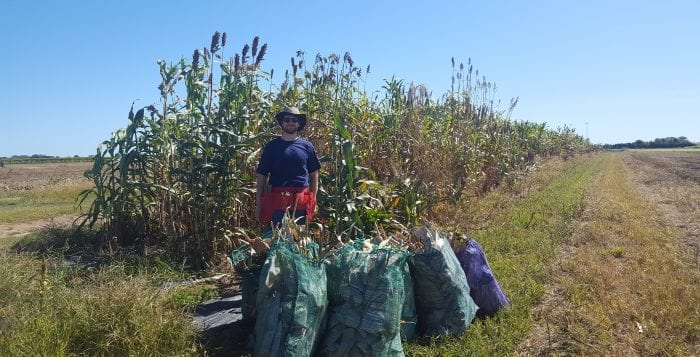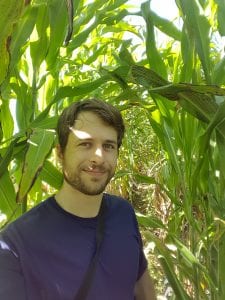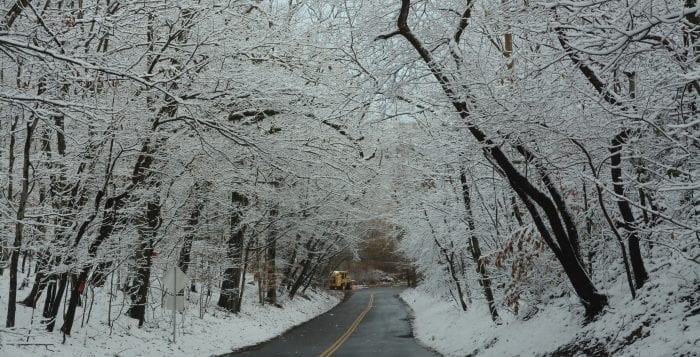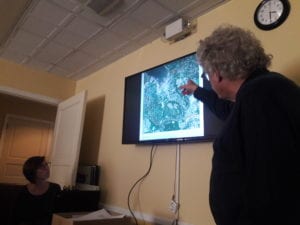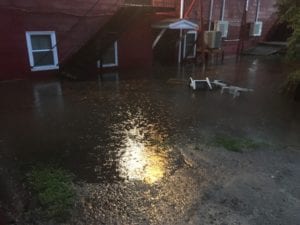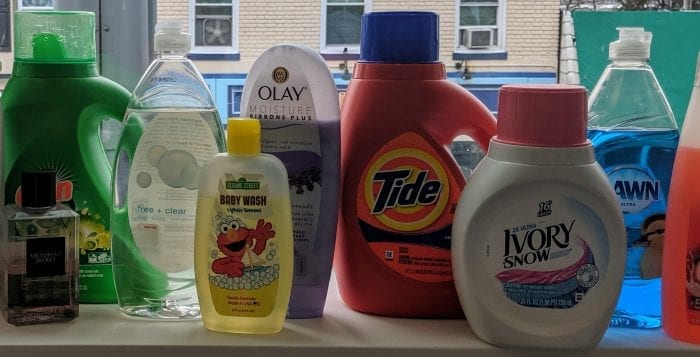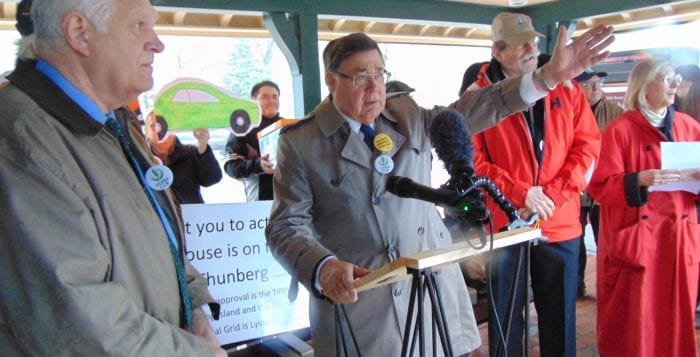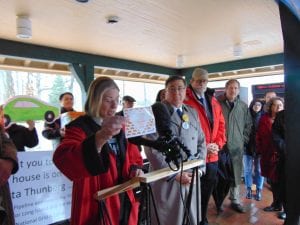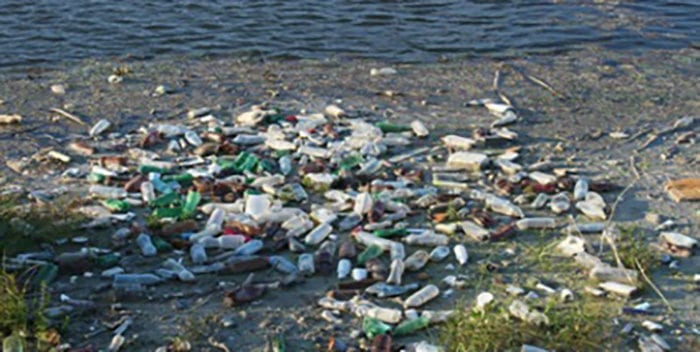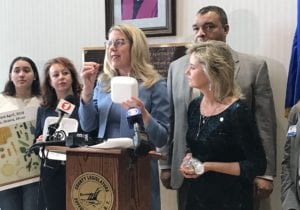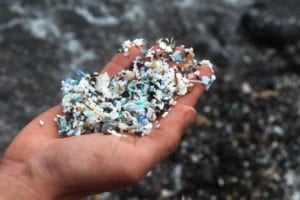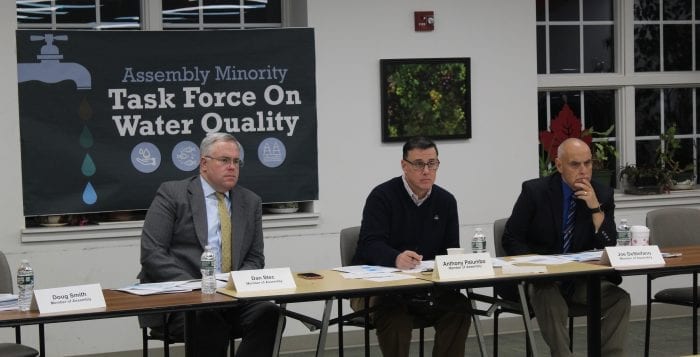By Peggy Spellman Hoey
Coastal Steward Long Island has a three-pronged plan of attack in an unending, dirty battle — the one all environmentalists have been fighting — to keep local beaches and waters clean for years now. And it seems to be working.

What started out as loosely organized beach cleanups led by a local resident has spread to incorporate aquaculture conservation, restoring shellfish to Mount Sinai and Port Jefferson harbors, and marine education teaching youngsters about marine life and water quality. Its education programs include harbor seining and marsh exploration, shellfish hatchery tours and plankton microbiology, in which students use microscopes to identify plankton.
Through its fundraising efforts, the group is also able to subsidize busing costs for schools that cannot fund field trips to the center.
The organization’s long-standing partnership with the Town of Brookhaven at its beach and marina complex on Long Island Sound in Mount Sinai allows for its educational programs to be run out of the Mount Sinai Marine Environmental Stewardship Center. In the complex’s maricultural center, the oyster seeds are grown for eventual release into the harbor.
Brookhaven Councilwoman Jane Bonner (R-Rocky Point) called the organization a good partner and a nice complement to the town and its work to restore water quality.
“They are all about water quality,” she said. “Their message is the right one and their heart is in the right place.”
In addition to its beach-cleaning projects, about four years ago, the group began leading underwater cleanups, recruiting local divers to volunteer their services to remove debris such as garbage, mechanical parts, and household items like furniture that has ended up on the water’s bottom.
The addition of educational programs and underwater cleanups evolved from the group’s efforts to clean beaches after organizers realized something had to be done to address the trash coming in with the tide.
“There is no end to beach cleanups, but if we educate before it gets in the water, we keep it out of the water in the first place,” said Denis Mellett, a dive instructor who serves as the president of Coastal Steward LI.
Ashly Carabetta, the organization’s executive director, said the group has also seen success with one of its newer programs, the Youth Ocean Conservation Summit, where youngsters get to listen to guest speakers, including scientists and educators such as aquanaut Fabien Cousteau, a documentary filmmaker and the grandson of Jacques-Yves Cousteau.
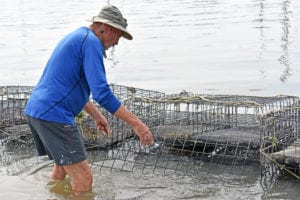
“It’s just a great opportunity for these kids to get to be surrounded by people in the field [of marine science] and talk amongst themselves,” she said.
Another part of the program includes a segment where participants break off into groups and develop a project for which they apply for grant money and then work over the next year to complete the project. The projects can be anything from creating a children’s book about water quality to devising a plan to limit single-plastic use in schools.
Giving the group a final plug, Bonner noted it is always looking for volunteers, and it’s a well-rounded organization with which anyone of any age can become involved.
“This is a nice way to be involved and you are really making a difference — beach cleaning and water quality,” she said.
Carabetta noted the importance of a beach cleanup is that anyone can do it, but the organization does have other roles to fill.
“We are looking for volunteers, part-time educators to try to expand our reach in many ways,” she said.

